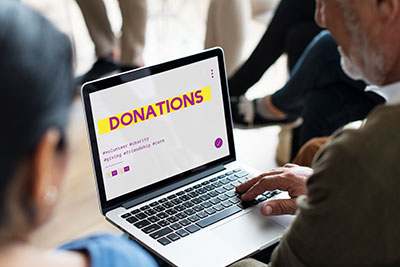
10 Must-Have Features in a Nonprofit Website
In today’s digital-first world, your nonprofit’s website is more than just an online presence—it’s the hub for your mission, storytelling, and donor engagement. A well-designed website can help build trust, drive donations, and mobilize supporters. Here are 10 must-have features every nonprofit website should include to stand out and make an impact:
1. Clear Mission Statement
Your homepage should immediately communicate who you are, what you do, and why it matters. A concise, compelling mission statement helps visitors connect with your cause instantly.
2. Mobile Responsiveness
More than half of web traffic comes from mobile devices. Ensure your website looks and works great on phones and tablets—this improves user experience and helps with Google rankings.
3. Easy-to-Find Donation Button
Make donating simple. Place a prominent, brightly-colored “Donate” button in your site header. Use secure, user-friendly donation forms with multiple payment options.
4. Impact Stories and Testimonials
Showcase real stories from people you’ve helped. Include quotes, photos, and short videos. This builds emotional connection and trust, encouraging more support.
5. Volunteer & Get Involved Section
Encourage community participation by adding a dedicated section for volunteer opportunities, sign-up forms, and events. Make it easy for people to contribute their time.
6. SEO-Optimized Content
Use sector-specific keywords in your page titles, headers, and body text. Regularly update your blog with relevant articles to improve your search engine visibility and authority.
7. Social Media Integration
Link your social profiles and embed live feeds. Social sharing buttons on blog posts and event pages can amplify your reach and engage younger audiences.
8. Event Calendar & Registration
Keep supporters informed with a dynamic event calendar. Add RSVP or registration features for fundraisers, webinars, or awareness campaigns.
9. Donor & Financial Transparency
Share your annual reports, donation breakdowns, and board information. Transparency builds credibility and helps potential donors feel secure in giving.
10. Accessible Design
Ensure your site is accessible to everyone, including users with disabilities. Use readable fonts, alt text for images, keyboard navigation, and contrast-friendly colors.
Final Thoughts
A nonprofit website should reflect your values, engage visitors, and inspire action. Whether you’re building from scratch or revamping your existing site, including these 10 features will help boost your online presence and advance your mission.






